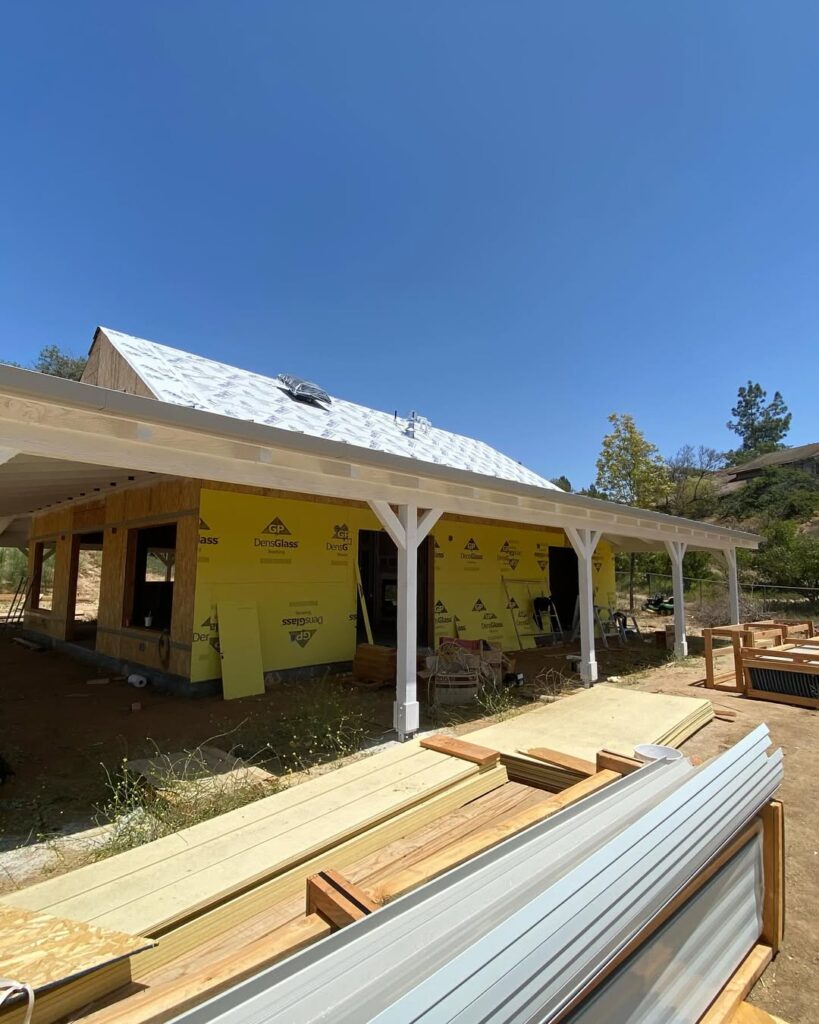Converting a garage into an Accessory Dwelling Unit (ADU) has become one of the most popular home improvement projects in California. With rising housing demand and updated state regulations, homeowners are finding that turning their existing garages into functional living spaces is not just smart—it’s highly practical. If you’re considering a garage conversion to ADU, understanding the California ADU permits, costs, and construction timeline is essential.

Why Convert a Garage to an ADU?
Garage conversions offer several benefits:
- Cost-effective: Utilizing existing space reduces construction costs.
- Faster build times: Since you’re not building from the ground up, it’s quicker than new ADU construction.
- Adds property value: ADUs can significantly increase your home’s resale value.
- Rental income: With California’s high rental rates, an ADU can provide a steady income stream.
Understanding California ADU Permits
Before starting construction, securing proper California ADU permits is critical. California state law allows garage conversions, but every city may impose specific local codes. Here’s what you need to know:
1. Zoning Requirements
Most residential zones in California now allow ADUs. However, zoning rules differ by city and county. For example, if your property is in a high-fire or coastal zone, additional regulations may apply.
2. Building Codes
The garage must comply with safety and structural regulations, including:
- Ceiling height (typically 7 feet or more)
- Natural light and ventilation
- Insulation and moisture protection
- Foundation integrity
3. Utility Upgrades
Your ADU must have independent access to plumbing, electricity, and in most cases, a separate entrance. Some cities also require fire sprinklers depending on the size and location.
4. Permit Types
You’ll generally need the following permits:
- Building Permit
- Electrical and Plumbing Permits
- Mechanical Permit (for HVAC)
- Title 24 Energy Compliance Documentation
An experienced ADU contractor will guide you through this process and ensure your project aligns with both state and local codes.
Garage to ADU Conversion Costs in California
Cost is one of the most common concerns when planning a garage ADU. Here’s a breakdown of what to expect:
1. Design and Planning
- Architectural drawings, engineering plans, and permit applications
- Average cost: $5,000 to $15,000
2. Construction
This includes foundation repair (if needed), framing, insulation, electrical, plumbing, and finishes.
- Basic conversions: $90,000 to $120,000
- Premium finishes or larger garages: $130,000 to $180,000+
3. Additional Costs
- Utility connection fees
- Permit fees: $5,000 to $12,000
- Landscaping and exterior upgrades
- Appliances and furniture (if renting out)
A trusted ADU builder will provide a detailed estimate based on your garage’s size, condition, and your design preferences.
Timeline for Garage ADU Construction
While every project is different, here’s a general timeline for a garage conversion to ADU in California:
Phase 1: Planning and Design (4–8 weeks)
- Initial consultation with an ADU contractor
- Site visit and measurements
- Drafting and finalizing design plans
Phase 2: Permitting (6–12 weeks)
- Submitting applications
- Responding to corrections or additional documentation requests
- Permit approval from your local building department
Phase 3: Construction (3–5 months)
- Site prep and demolition
- Structural changes and utility upgrades
- Interior finishes and final inspections
Total Estimated Time: 5 to 8 months
Hiring an experienced ADU construction Corona CA team helps speed up the process and avoids costly delays or rework.
Common Challenges & Tips
1. Dealing with Delays
Permit approvals and material availability can cause delays. Start early and stay flexible with timelines.
2. Budget Overruns
Unexpected repairs or changes in plans can increase costs. Set aside a contingency budget of at least 10–15%.
3. Choosing the Right Team
Work with a licensed and insured ADU contractor who has experience with garage conversions in your area. Ask for a portfolio and customer references.
Choosing Between a Detached vs. Attached Garage Conversion
If your garage is attached, the conversion is often cheaper and more efficient. Detached garages may require additional work like new foundation upgrades or trenching utilities—but they provide more privacy for tenants or family members.
Return on Investment
Garage ADUs in California offer a strong return on investment:
- Rental income: Depending on your city, you could earn $1,500 to $3,000/month.
- Home value boost: A well-designed ADU can increase your property’s resale value by 20% or more.
With rising property values and housing shortages, now is a great time to consider this upgrade.
Final Thoughts
A garage conversion to ADU is one of the smartest ways to expand your living space or generate rental income in California. But it’s not a weekend DIY project—it requires planning, permits, and professional execution. From initial design to final inspection, every step must be handled with care to ensure legal compliance and lasting value.
If you’re planning an ADU construction in Corona, CA, trust a team that knows the local regulations and delivers top-quality results.
Contact South Star Construction – your trusted ADU builder and contractor – and turn your garage into a high-value living space today!
